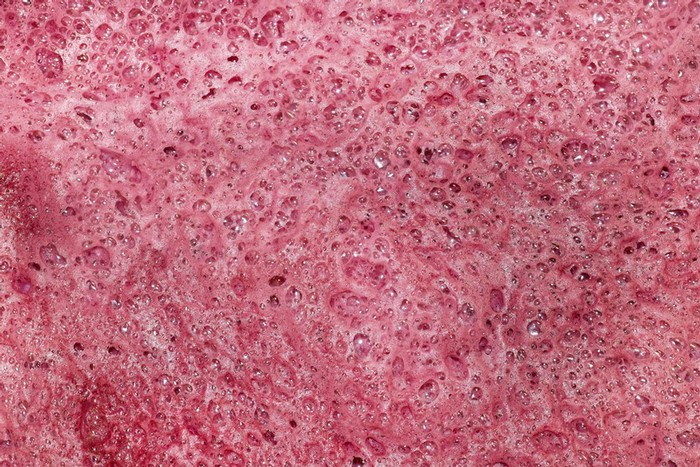All About Yeast
The most important organisms in a winery are not the humans nor their friendly pups, but the tiny fungi that inhabit every surface and even the air. Yeast, primarily Saccharomyces cerevisiae, are responsible for not just the alcohol in wine but the aromatics as well. After all, wine does not smell just of grapes but of the thousands of compounds resulting from the fermentation process in which the yeast are central. That’s why, during harvest, we rely on our native yeast from three sources: a pied de cuve, the winery itself, and a library gleaned from an older bottle of Adelaida wine.
The pied de cuve is a traditional technique that can be compared to a sourdough starter. We pick a small amount of grapes about a week earlier than we typically would, allow those grapes to ferment, and then add those fermenting grapes to a larger pick. That way, the fermentation starts healthily and vigorously.
During fermentation yeast consumes sugar and creates alcohol, carbon dioxide, and heat.
Next up is so-called ambient, or native, winery yeast. The yeast that inhabits the winery changes somewhat during the year, but as harvest proceeds, one strain ends up dominating, and the same is true for fermentations in general. Our building is a couple of decades old, so there are plenty of personalities (strains) of yeast that have grown up here. For many of our wines, we simply let the fermentation proceed without any fuss on our part.
Lastly, a library of one dominant strain of Adelaida yeast is kept for us at a lab up in Napa. About a week after harvest begins, we ask that lab to send a slant of our yeast down to us. Over a couple weeks, we build up that small population of Adelaida yeast in grape juice from a recent pick, and then add that juice to different fermenters once the yeast have attained a certain population level, which we check under a microscope.
Sure, we could purchase yeast created by a large food and beverage company, where we could choose a yeast that promises to deliver wines with “violet, raspberry, cassis, strawberry, black pepper, and grilled meat notes,” as one company says, but we respect our yeast and the critical role they play in developing Adelaida wines that are true to our vineyard and true to who we are.

